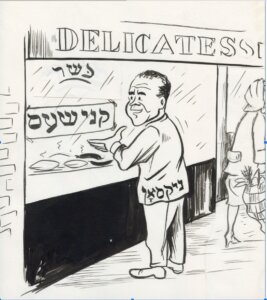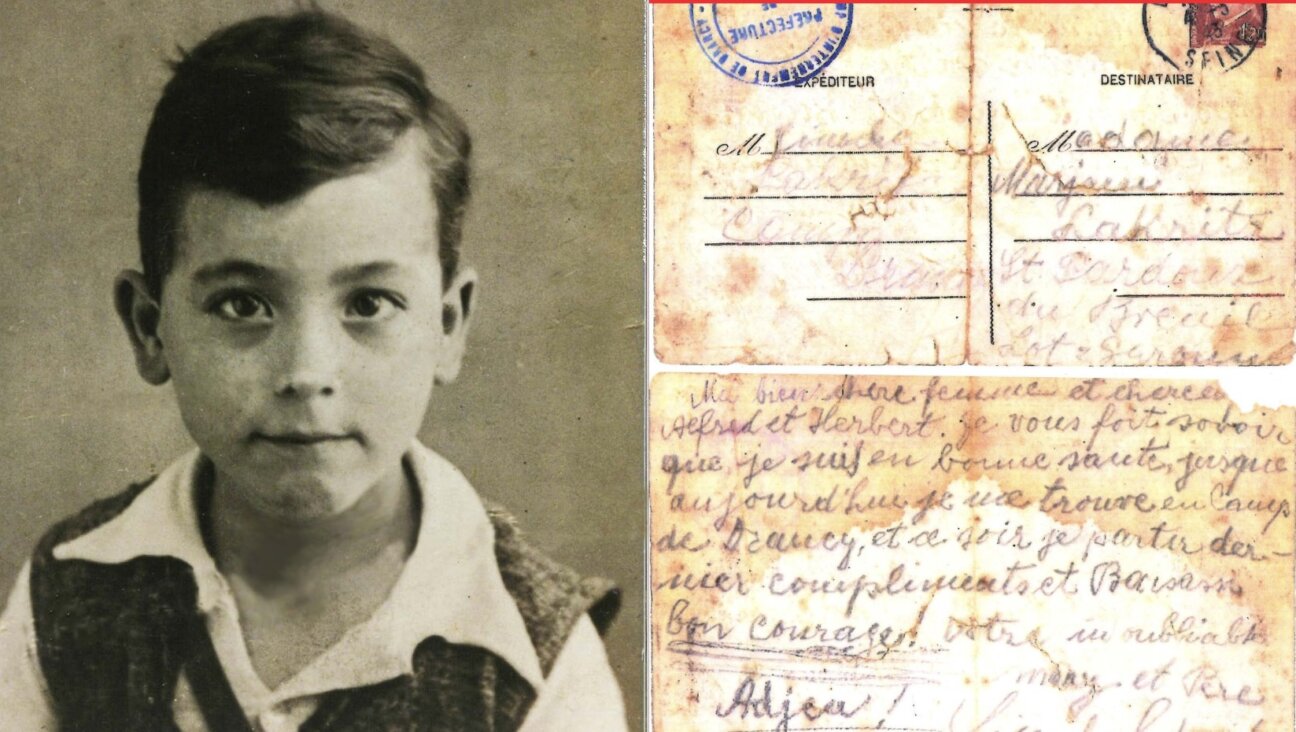‘Weird’ is a good word to describe your political opponent — Yiddish has a better one
At some point, Tim Walz and the Democratic party will need a word other than ‘weird’ to describe Republicans; Yiddish can help

Merriment and jubilation take center stage at the Republican National Convention. Photo by Getty Images
Weirdly, the word “weird” is having a moment.
Minnesota governor Tim Walz enriched our election spin cycle by calling out the GOP nominees’ cat-lady commentary mishegas as “weird.” Meanwhile, vice-presidential nominee JD Vance doubled down on the weirdness like some sorry archival callback to Borscht Belt comedian Henny Youngman’s “take my wife” cracks. As the Democratic party has gained traction by characterizing its opponents as “weird,” one wonders what would have happened if Walz had learned Yiddish; he could have used the all-in-one Yiddish word shmegegge and called it a day.
“Weird,” which is modne in Yiddish, lands like a ton of meh bricks with an almost rigorous air of righteousness. Pioneering Yiddish journalist and fiction writer Rachel Lurie used Modne as the title for her wild, nearly surrealist 1918 collection of short stories, including a fabulously weird one about a corpse with a burial on hold because of shabes. In 1957, the Forverts used the term to title a weird Yiddish joke published about a man who never kissed his wife, yet killed another man who actually smooched her.
Not to leave the women out of it, in 1938 the Forverts had a blast describing a full-page layout of women’s fur hat fashions as modne — in vogue yes, but also strange. In the 1935 illustrated Sunday edition, the Forverts used the term for a page full of oddities, including a 25-foot-long braided bread created in Walla Walla, Washington.

Shmegegge, a punchy noun considered to be an outlier term of unknown provenance, is also thought to be a unique American term, likely of Lower East Side origins, a mashup of Yiddish and English meaning a lot of hot air, i.e. the furthest thing from a serious man.
Chunky, easily pronounced with a lively ‘sh’ sound reminiscent of sha! (Yiddish shorthand for “shut up”), shmeggege and a couple of deftly placed consonants offers one of those combative Yiddish words to signal gently that your opponents are absurdly unworthy. Shmeggege is so much fun to say, even a smiley midwesterner like Walz would look good doing it.
Walz should know that it’s not weird for American politicians to use Yiddish. The New York Times reported that in 1922, Congressman Fiorello La Guardia, fluent in the mameloshn, even stared down accusations of antisemitism from a Jewish rival by challenging them to a debate in Yiddish.
In the 1960s the Forverts frequently featured Yiddish cartoons of politicians reaching out to Jewish communities, including one showing Richard Nixon gazing longingly at a knish inside a local kosher deli. With less than 100 days to go before the election, there’s still time for Walz and the members of his party to review an all-you-can-nosh buffet of Yiddish terms for their campaign, including the many Yiddish terms for “imbecile.”
A brief zets of easy Yiddish is also available from Senator Chuck Schumer. And there’s nothing weird about that.















